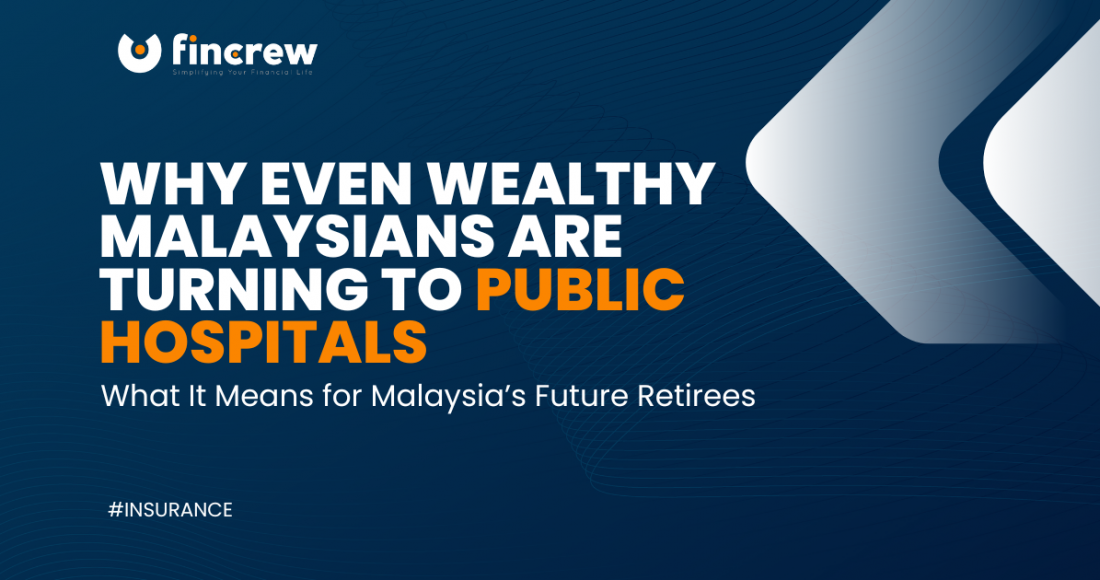In a striking reflection of Malaysia’s shifting healthcare landscape, Hospital Kuala Lumpur (HKL) is now treating not just the B40 group—but also an increasing number of affluent Malaysians, including Tan Sris and VIPs. According to HKL director Datuk Dr Harikrishna K.R. Nair, the root cause is clear: private healthcare costs are spiraling out of control, and even the well-off are feeling the pinch.
From Luxury to Public Ward
This isn’t a sudden phenomenon. Over the last decade, HKL has seen a gradual but noticeable increase in patients from the M40 and T20 income groups. The tipping point? Many wealthy individuals seek treatment at public hospitals after their private insurance coverage runs out, or when the cost of continuous care in private centres becomes unsustainable.
These cases aren’t limited to mild ailments. Oncology and radiology treatments—two of the most expensive and specialised areas—are among the top reasons why wealthier patients are opting for HKL. It speaks volumes about the trust in HKL’s infrastructure and specialists, but also highlights serious affordability gaps in the current healthcare financing system.
Public Confidence in HKL’s Expertise
HKL houses 417 specialists, 900 medical officers, and over 3,800 nurses. It’s also among the few hospitals in Malaysia with robotic-assisted surgery capabilities, proving that top-tier care isn’t exclusive to private hospitals.
Yet, despite longer wait times, patients leave with access to affordable medication and world-class expertise. But this influx raises a critical question: If even the T20 are turning to public healthcare, where does that leave the B40?
The Real Problem: Insurance Limitations
The shift underscores a glaring issue with many health insurance policies in Malaysia—they simply aren’t designed to handle long-term or chronic illness treatment costs. Many plans come with annual limits, exclusions for pre-existing conditions, or capped reimbursements, making it easy for even financially stable individuals to max out their coverage unexpectedly.
What This Means for You
Whether you’re a professional, entrepreneur, or retiree, you need to reassess your current health insurance plan:
✅ Does it cover outpatient treatments, specialist visits, and chronic disease management?
✅ Are the annual/lifetime limits high enough?
✅ Do you have backup protection if your plan lapses or isn’t renewed?
A good insurance plan should be future-proof—offering comprehensive coverage for unexpected, long-term conditions without pushing you into public care due to affordability.
At Fincrew, we help individuals and companies compare and choose health insurance policies that match real-life needs—not just premium numbers. We also offer corporate and group medical coverage for businesses that want to provide employees with dependable, scalable benefits.
Final Thoughts
When even the wealthy are turning to public hospitals, it signals that our health insurance expectations must evolve. Affordability, sustainability, and proper planning aren’t just for the B40—they’re vital for everyone.
Let Fincrew help you stay protected—before the bills start piling up.





